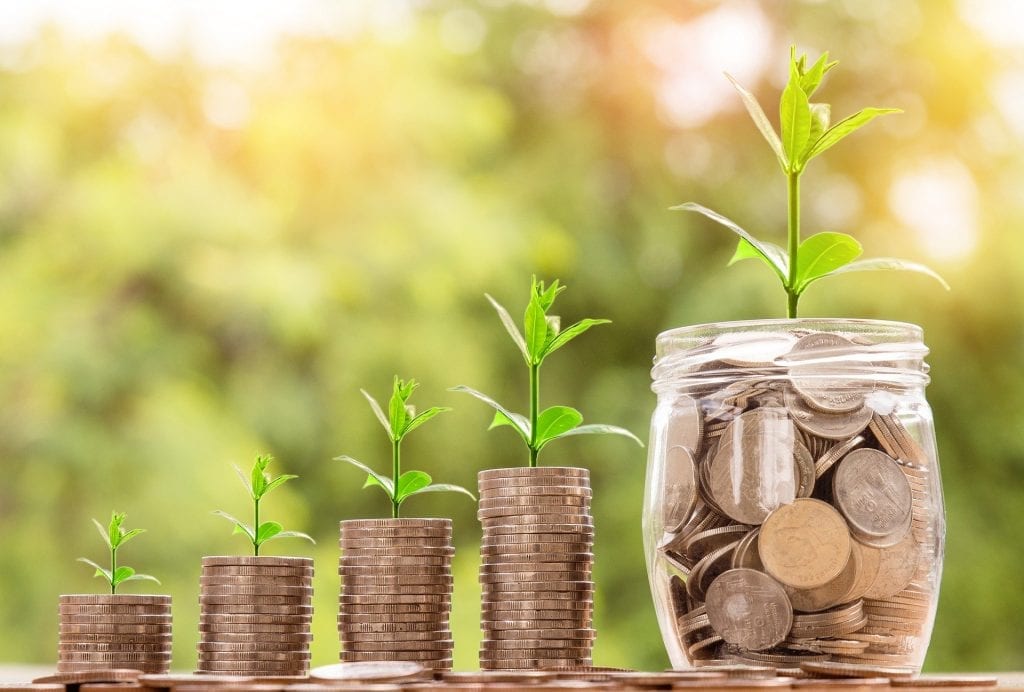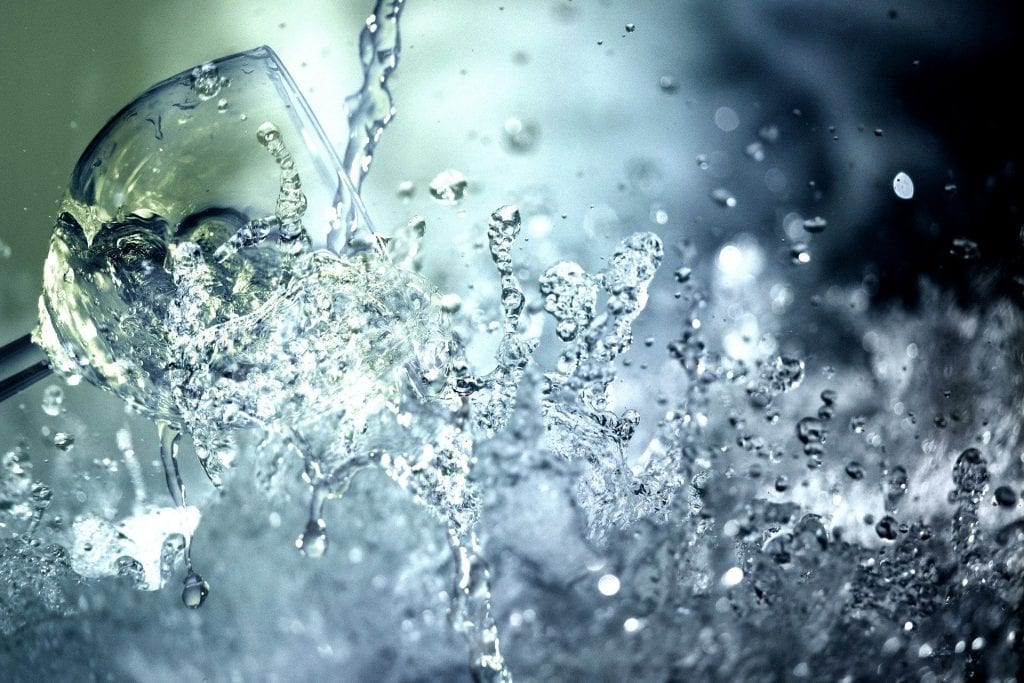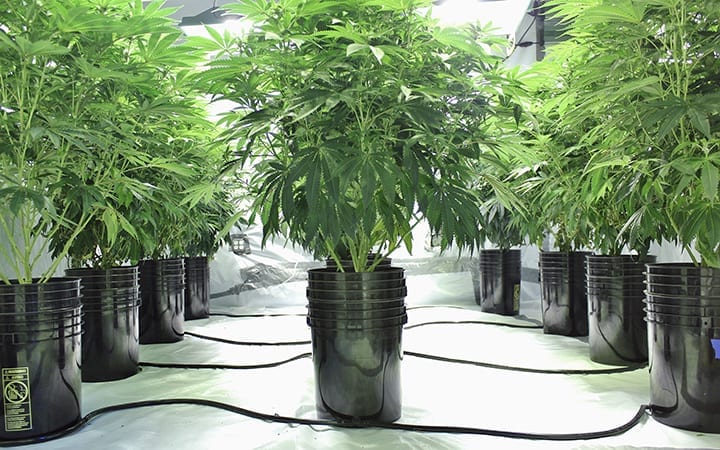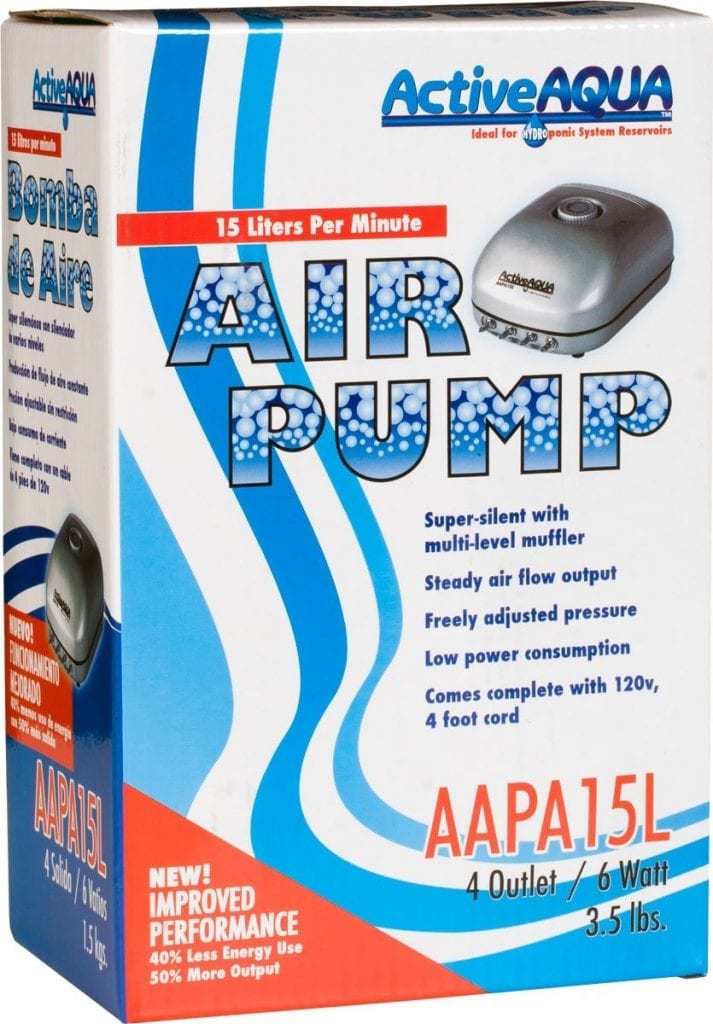Are you trying out hydroponics for the first time? Or are you just in need of a good growing medium to replace the soil with? Hydroponic clay pebbles are a great way to start aquaponics or hydroponics because of their numerous benefits.
In this article, we will discuss everything you need to know about hydroton clay pebbles. From their benefits and best brands to what you can do with them after they’re not useful for your garden anymore, it’s all here. Read on!
Do you want to know what the best hydroponic systems are? Read our complete guide on choosing the right one and top 10 on the best hydroponic systems.
What are Hydroton Clay Pebbles?
Hydroton clay pebbles are roughly round-shaped pebbles made up of clay, which are heated at very high temperatures in a kiln. This process of heating causes the clay balls to expand, hence the name ‘expanded clay balls’. This expansion results in tiny pores throughout their surface area.
These pores in the clay pellets are the reason why they’re such a popular form of grow medium. They are excellent at holding moisture and oxygen, and using these results in a higher yield and healthier plants.
Pros of Clay Pebbles
Hydroton clay pebbles are some of the best horticultural clay pebbles for hydroponic systems. Here are a few reasons why this is so:
Air Holding Capacity
Hydroponic Clay pebbles can hold a lot of air inside them. How? This is mainly because of their porous structure. Each clay pebble is made up of numerous tiny pores. These little spaces hold air inside them generously, which is a big plus for your plants.
If you are, let’s say, using soil, there are chances your plant roots can rot because of not enough oxygen. Unlike soil, these highly porous, expanded clay pebbles can hold enough air for your plant roots to breathe happily.
Retains Moisture
Hydroponic clay pebbles have a reasonable water holding capacity. Their porous nature allows them to retain moisture inside these spaces long enough for your plant roots to use them as per their needs.
PH Neutral
With hydroponic gardening, you need to be sure of the PH balance in your hydroponic system. It should be somewhere between the range of 5.6 and 6.3. If it is lower or higher than this, your plants may not be getting the necessary nutrients to remain healthy and alive.
How do hydroton clay pebbles help with this? Well, the best thing about using these as growing media is that you won’t have to worry about them disturbing the PH balance. These clay pellets are PH neutral, and hence, will not interfere with the PH balance of your hydroponic system.
Microbe Colonization
Plants need bacteria to provide them with essential nutrients. The surface area and numerous pores of expanded clay pebbles provide a suitable breeding ground for bacteria. So you can be sure your hydroponic garden has enough microbes if you’re using clay pebbles.
Affordable
The best part? They are pretty cheap, as compared to other grow mediums.
Having a hydroponic garden can be a bit expensive, as you have to buy a ton of equipment and stuff.

Here’s where you can save some bucks and also have a reasonably stable and beneficial grow medium for your plants.
Effective Drainage
A lot of times, plants have excess water, and this decreases the oxygen available for them to breathe. With hydroton clay pebbles, you get effective drainage and just the right amount of water for plants.
How? These clay pebbles have large spaces between individual stones that prevent blockage. Hence, they are suitable for flood and drain systems (ebb and flow.)
What are the Cons?
As with everything, there are pros as well as cons. No matter how good they are, hydroponic clay pebbles have some drawbacks that need to be considered.
Expensive
Yes, we do realize that we just mentioned that its an affordable option. However, for large scale growers, it’s not so cheap. It can cost you a good amount of bucks if you’re planning on using expanded clay pebbles as a large scale grower.
But if you own a small hydroponic garden, then you’re good to go!
Pump Blockages
These pebbles tend to float at the top until they’re fully soaked in water and sink. During this stage, they may just naively drift into your pumping and draining system and cause blockages and other serious problems!
Not for Water-Needy Plants
Even though clay pebbles can hold moisture well, they don’t have a good enough water holding capacity for thirsty plants. If you have plants that need to be watered frequently, this is not the best option for you.

This is why these pebbles are best for ebb and flow systems.
How to Use Hydroponic Clay Balls?
If you’ve decided to opt for these pebbles as your grow medium, then below is a short guide on how you can use these in your hydroponic system.
- First off, you need to soak your clay balls for six to twelve hours, and then rinse them to wash off excess dirt and debris from them.
- Next, fill your plant container or tray with clay pebbles.
- After this, you can add your seeds here and there over the bed of pebbles, just as if you were sprinkling salt. You can also transplant seedlings carefully into your container.
- Lastly, you need to fill your reservoir with the nutrient solution and set the timer for flooding, as required by your plant.
Major Do’s
Even though using clay pebbles is fairly easy, here are a few things you MUST take care of:
Rinse and Soak
This step is sometimes overlooked by new growers, but it’s very important! Soaking the clay balls for at least six to twelve hours will ensure that they are well saturated with water. This way, the plant roots won’t have to work too hard to get water, and the clay balls won’t float.
Rinsing is essential because you don’t want muddy water with dirt and debris floating around in the system.
Rinse Your Plants
After some time, you may notice that your clay pebbles have a white residue all over them. This is salt from the nutrient solution, which can harm your plants. Hence, be sure to occasionally pull your plants out and rinse them with PH adjusted water.
You can also do this by flushing your hydroponic system with PH adjusted water.
Crushing the Pebbles
If you need moisture to stay for longer before draining out, just crush your clay pebbles! Place them in a plastic bag and crush them with a hammer until you break them into smaller pieces. This will reduce pore size and help with water retention.
This step is a must for plants that are more water-needy than others.
Cloning
You can clone your plants in expanded clay pebbles with two methods. The first one is the low transplant technique, where you need to provide humid conditions at the top and ensure that your plant node is low into the pot in the deep water culture reservoir.
The second method is the top drip method, where you place the clones directly at the main site. You will need to have drip emitters for this method, where the nutrient will be dropped near the site. Make sure the flow rate is according to the needs, and the pebbles are soaked thoroughly.
Definite Don’ts
Here are a few things you should steer clear of when using clay pebbles:
Don’t Let them Dry Out
Letting your clay pebbles dry out means they’ll be soaking up nutrients from your plant roots because they are very absorbent little things. This way, your plants will wilt and die instead of benefiting from these pebbles.
Hence, always make sure your pebbles are thoroughly soaked and have a steady source of water, so they won’t ever dry out.
Don’t Reuse without Rinsing
Don’t reuse your hydroton clay pebble without washing them. Washing gets rid of mineral build-up and salt residues.
Don’t Use with Soil
Using these pebbles mixed with the soil will only result in wastage of space, where roots could have grown freely instead.
The Best Clay Pebble Brands
In case you were wondering which brand of clay pebbles is the best for your precious plant, here are some with their product details:
- Grow It: these expanded clay pebbles from Hydrofarm are made from 100% natural clay and vary from 4mm to 16mm in size. They are also pre-rinsed for ease of use.
- Mother Earth Hydroton Clay Pebbles: these pebbles are made in Germany and are very round. The product is highly popular for its lightweight and good shape.
- Hydro-crunch: this is another popular brand, with 8 mm sized pebbles that have a round shape. They might take a while to soak in some cases but are worth it.
Alternatives to Clay Pebbles
Some alternatives to clay pebbles include:
- Perlite: it is a porous, white-colored volcanic rock which holds little moisture and has great airflow.
- Oasis Cubes: cubes made up of Oasis foams that won’t affect the PH of plants and will provide just the right amount of air to water ratio.
- Coconut Coir: these are fibers from the shells of coconuts, which are perfect for holding back lots of water.
- Vermiculite: it is much like perlite, but it has a lot a higher water holding capacity.
- Rockwool: melted and spun fibers of rock with a high PH and high water retention.
- Rice Hulls: shells that cover rice grains, which provide good airflow and less water retention.
- Sand: the cheapest and most readily available option out there! It has a lot of drawbacks, such as low water and nutrient retention.
- Pumice: similar to perlite with good airflow.
- Starter Plugs: Organic compost useful for transplanting and cloning. It is easy to use and is an environmentally-friendly option.
- Gravel: This is a cheap alternative with good drainage.
- Growstones: made from glass, they are lightweight and have good air and water holding capacity.
- Wood Chips: an organic and biodegradable solution. It will last for a long time too!
- Peat Moss: it is obtained from the moss in peat bogs. It has a low Ph and has very good water holding capacity.
Other Use Cases
If the pebbles have become useless for your hydroponic system, you can still use them in other ways. For example, you can use it in a houseplant if it is small and doesn’t have enough soil in the pot. Mix in the pebbles to fill up the space and add aeration and water retention.
Furthermore, you can even crush them up and use it as a rock bed in your aquarium!
Conclusion
With a little trial and error, you may find clay pebbles to be one of the best options for your hydroponic system, especially if your plants aren’t too water-needy, and you need a fast and effective drainage.
Table of contents




